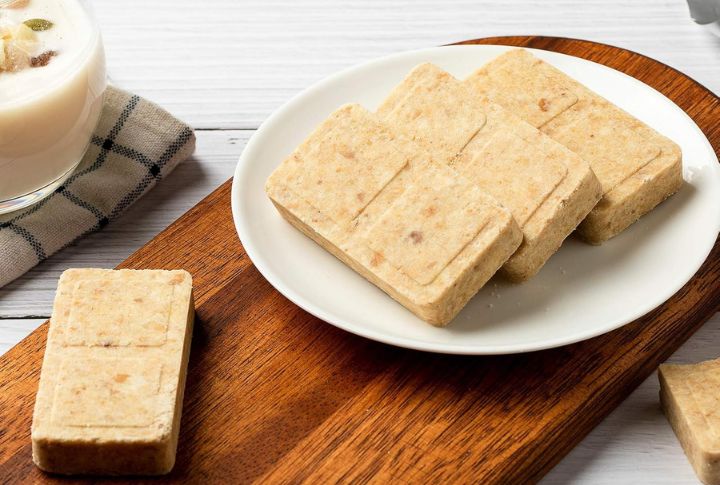
Just imagine opening your kitchen cabinets and finding almost nothing. This is exactly what war-torn nations faced. Such severe food shortages forced people to get creative with whatever they had. Some solutions were surprisingly smart—others, downright bizarre. Ready to discover the strangest meals that kept people alive during WWII? Let’s dig in.
Lord Woolton Pie

During food rationing in Britain, Lord Woolton Pie turned simple vegetables into a filling meal. Named after Frederick Marquis, 1st Earl of Woolton, the Minister of Food, this pie typically included vegetables like diced potatoes and carrots combined with turnips. It was widely promoted and often served with gravy for added flavor.
Hitlerszalonna
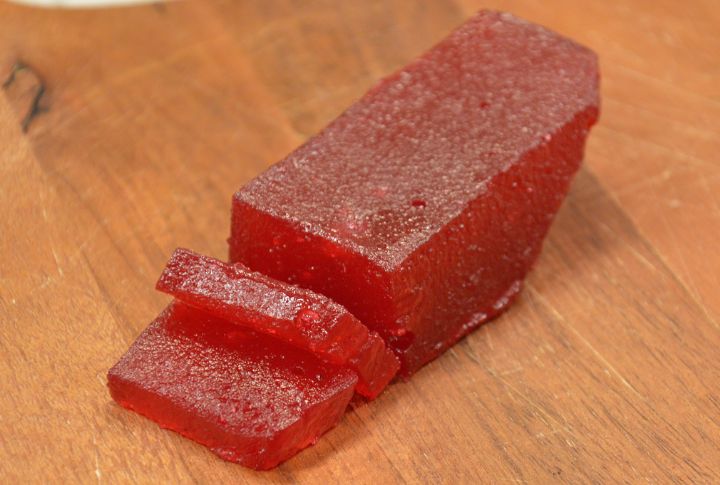
Hitlerszalonna, despite its name meaning “Hitler’s bacon,” contained no meat at all. It was a dense fruit jam, often made from plums and quinces, boiled down with sugar until it formed a solid block. Hungarian soldiers carried it in small leather pouches, slicing it like traditional bacon and sometimes cooking it with potatoes and stews.
Tulip Bulbs
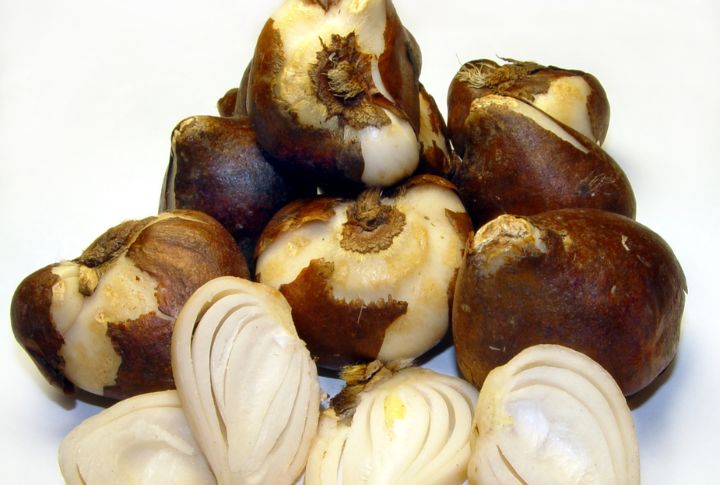
During the 1944–1945 Hunger Winter, a German blockade caused severe famine in the Netherlands. With food scarce, many ate tulip bulbs for starch despite their bitterness and risks if prepared wrongly. This desperate measure sustained people until Allied aid arrived, though over 22,000 perished before relief came.
Mock Banana

Mock banana was more than a clever wartime recipe—it reflected Britain’s longing for familiar foods. With bananas unavailable, people used mashed parsnips and banana flavoring as a substitute. The craving even inspired songs like “When Can I Have a Banana Again?” The long wait ended when five million bananas were docked by ship and greeted with cheers and celebration.
Ration Biscuits
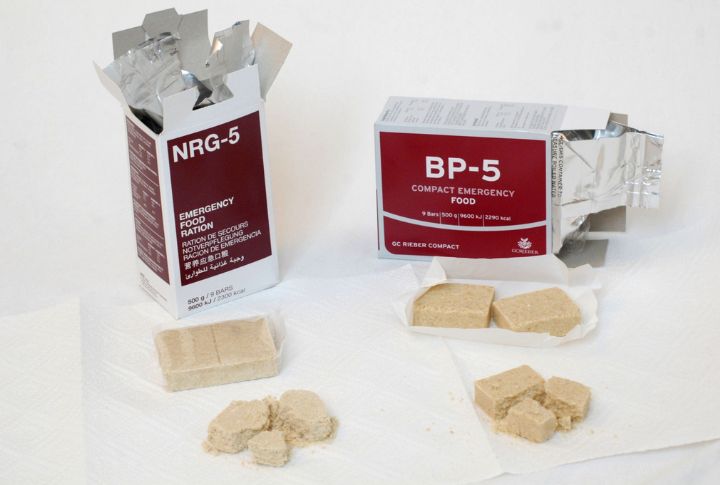
Ration biscuits were specially made to be durable and to remain edible for more than 10 years without spoiling. Made primarily from flour, sugar, and fat, they were designed for longevity over flavor. Huntley & Palmers produced these sealed-tin biscuits, supplying reliable sustenance through compact shape and sturdy packaging for soldiers and civilians alike.
Potato Peelings
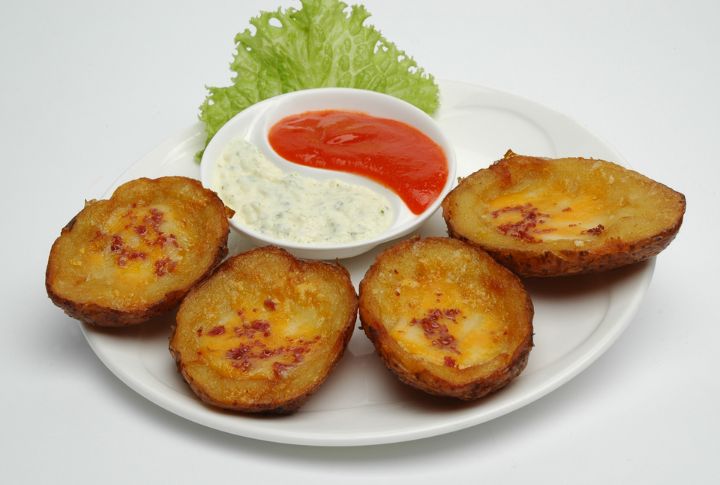
Potato peelings, rich in fiber and vitamin C, were boiled and fried to stretch meals during rationing. These nutritious potato skin scraps became a thrifty alternative when whole potatoes were scarce. Families used available seasonings like salt and pepper to turn what would be wasted into tasty and satisfying dishes.
Nettle Soup
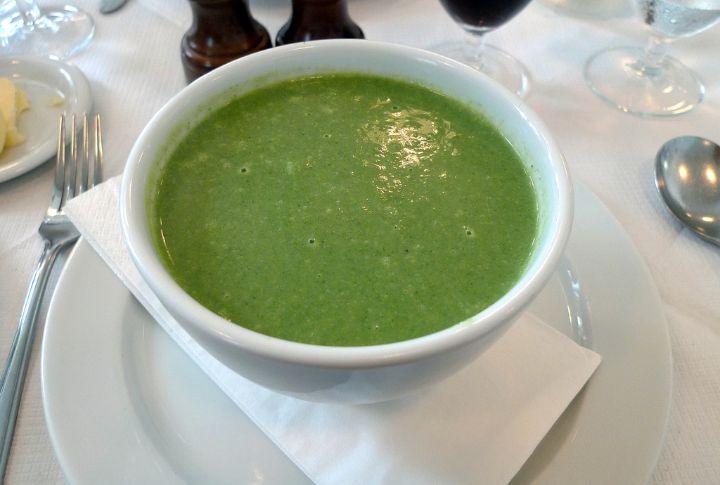
Nettle soup was not just a survival food—it was also used as a natural dye for military uniforms. Nettles contain chlorophyll, which was extracted to produce green fabric dye when synthetic dyes were scarce. Additionally, they were valued for their high vitamin content, boosting soldiers’ health.
Powdered Eggs
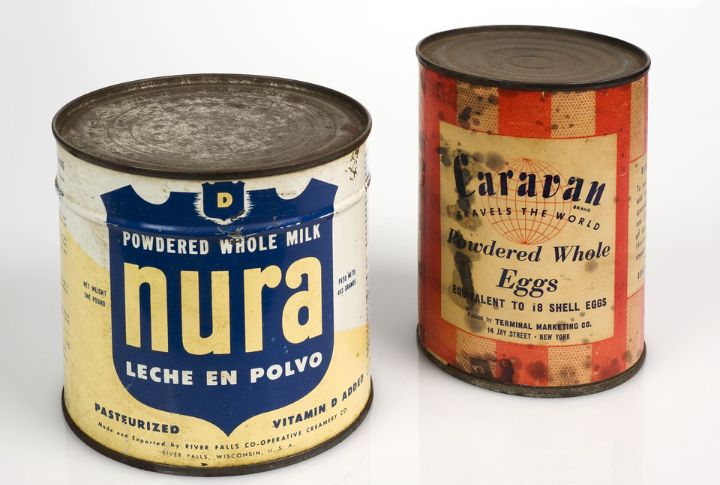
Powdered eggs played a significant role in the 1941 Lend-Lease Program, through which the U.S. provided food aid to Allied nations such as Britain and the Soviet Union. Unlike fresh eggs, powdered eggs occupied just 20% of the shipping space, which made them highly efficient for transport.
Victory Garden Vegetables
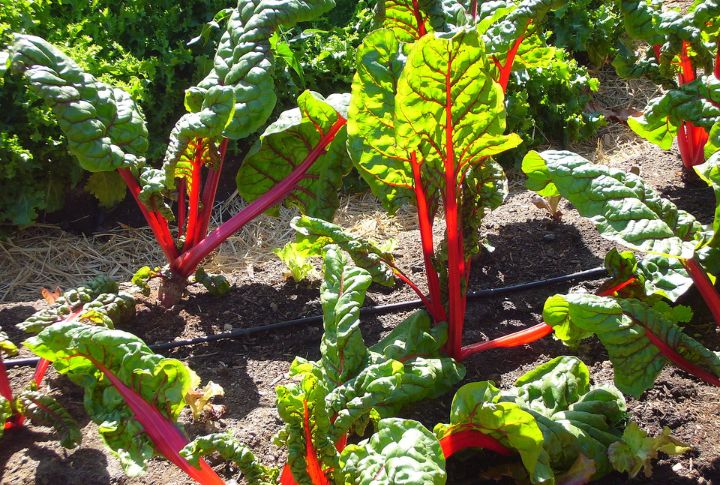
During the war, citizens were encouraged to grow their own vegetables and turn available spaces into productive gardens. By 1943, these efforts supplied nearly 40% of the nation’s produce, reducing pressure on commercial farms. Victory Gardens played an essential part in survival and resilience by providing both sustenance and a sense of purpose.
Acorn Coffee
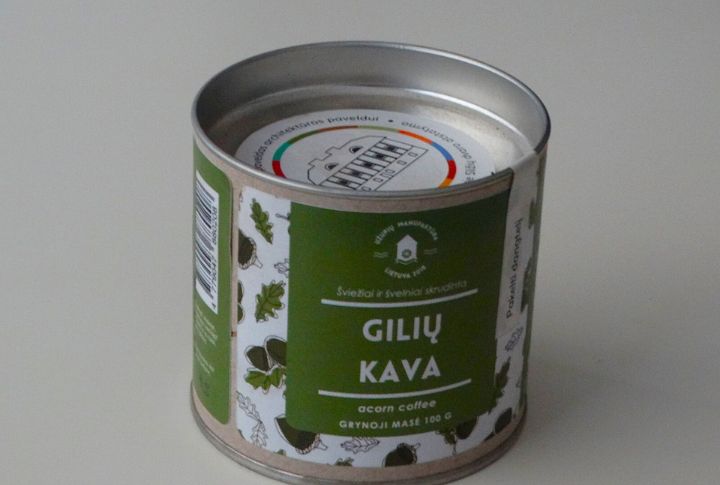
When traditional coffee was in short supply, people turned to acorns. After roasting and grinding, acorns produced a dark, earthy beverage called acorn coffee that resembled traditional coffee but was caffeine-free. This accessible and affordable option kept spirits high, with many choosing to add sugar or milk to enhance the flavor.
Leave a comment